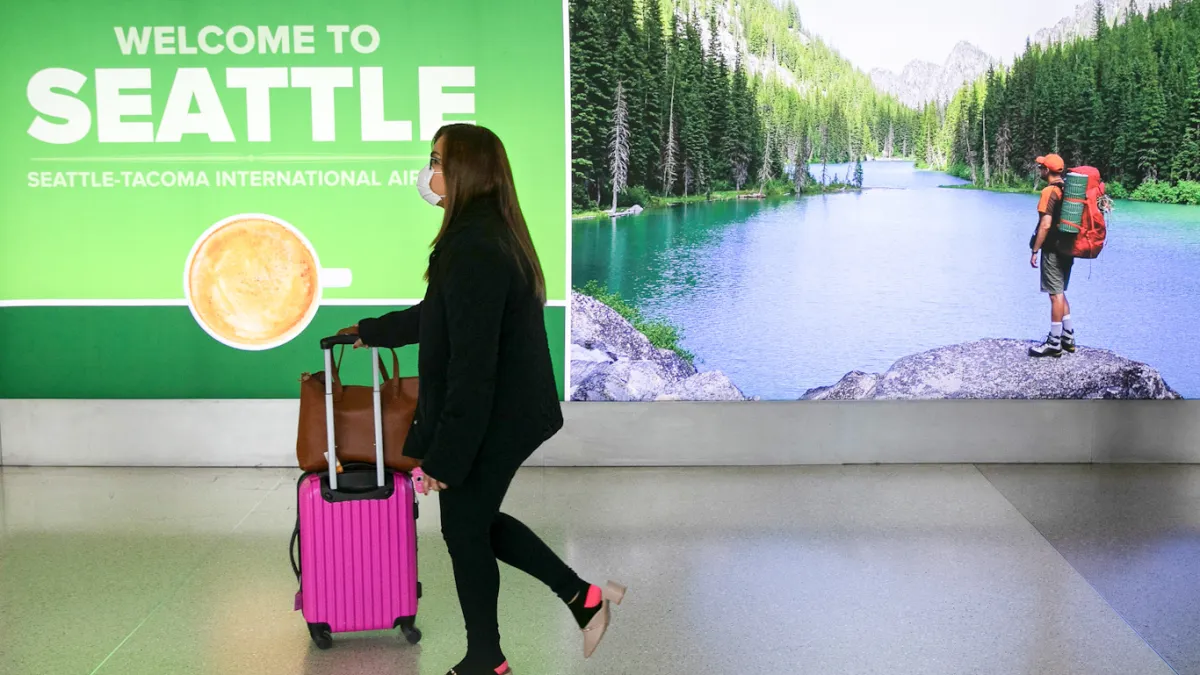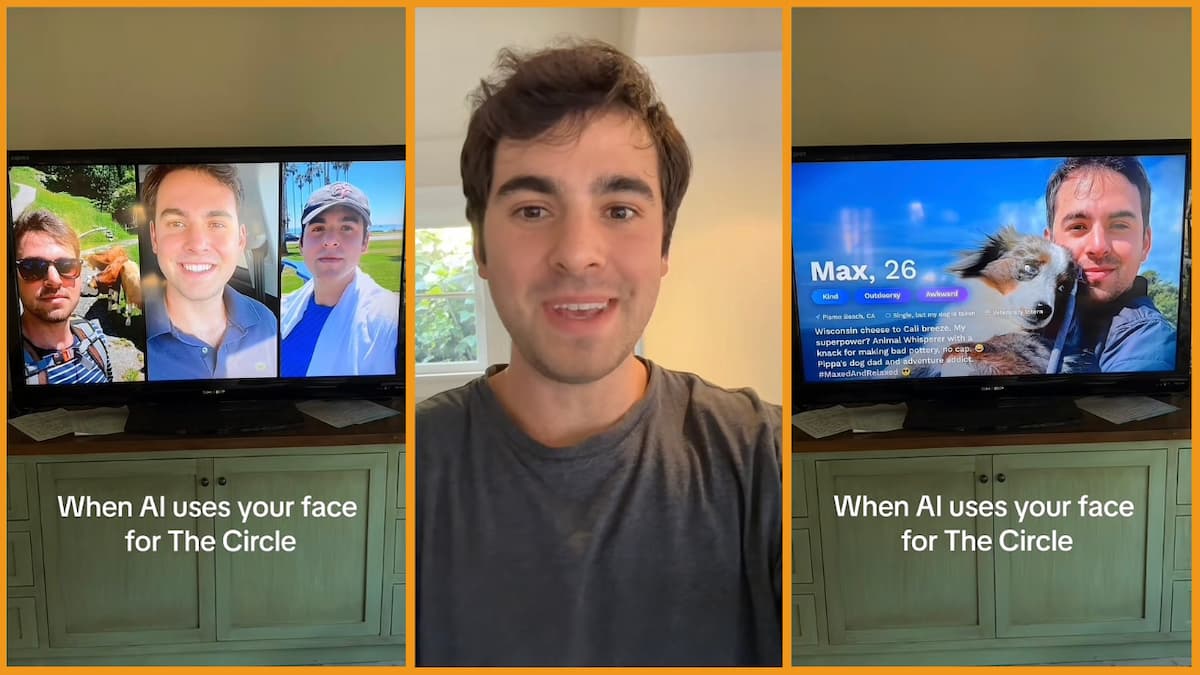Roughly a decade ago, Sir David Attenborough assisted in navigating a viewership over half-a-billion strong on a journey that stretched to the farthest reaches of our world. That glorious trek, Planet Earth – “the first natural history series to be filmed in high definition” – gave humanity a groundbreaking peek at the bodies of water and landmasses that define the globe and astounded viewers with unprecedented looks at the animals and vegetation with which we share in calling this marbled-orb home.
Now, thanks to the ceaseless efforts of a community of fearless, dedicated filmmakers and researchers three years in the making. Attenborough and the BBC have returned with a visually unparalleled and spiritually uplifting sequel to 2006’s extraordinary series, simply titled Planet Earth II. Spanning a mere seven episodes, Planet Earth II takes us back to a few of the extreme locales from the series’ initial run (mountains, deserts, and jungles), while also leading expeditions that explore new and tantalizing territories (islands, grasslands and cities).
What predominately differentiates Planet Earth II from its predecessor can be linked to the evolutionary progression of picture quality and accessory camera equipment. As a result of these developments, operators effectively utilize drones and stabilization technology at their disposal to get us closer to the animals than ever before and witness their incredible behaviour in seemingly inhospitable, dazzling environments.
These technological advancements in filmmaking, camera mobility and capabilities, combined with the tireless work of the immensely talented Planet Earth II team, rewarded incalculably with footage of the rare and previously unknown. The peculiar Araguaia Dolphins, majestic Snow Leopards, and a biblical swarm of locusts highlight a lengthy list of filming firsts for the series that will surely astonish viewers the world over.
Watching a newborn flee for its life, separated from its herd and mother, being relentlessly pursued by a blood-thirsty predator never gets easier to stomach. Planet Earth II has no shortage of these inevitable, bitter and flinch-inducing moments, challenging viewers’ resolve just as frequently as it disarms. This time around, the relationship between parent and offspring, and anthropomorphism in general, is much more perceivable. Attenborough’s occasionally piercing narration and unpreventable sympathy only makes specific subjects demises all the more painful.
The complexity of each meticulously co-ordinated segment is showcased in the seventh and final chapter of Planet Earth II. The “making of” episode places viewers alongside the crew as they travel to some of the world’s most inaccessible regions, cope with intense weather, unforgiving environments and destructive grasslands dwellers. Exposing viewers to the reality of what the filmmakers and producers subjected themselves to in obtaining each breathtaking shot gives new perspective and appreciation to Planet Earth, past and present. This behind-the-scenes look is so utterly watchable, in fact, that a spinoff based on the exploits of the crew during production wouldn’t be so absurd a notion.
Far and away, however, the most memorable and impactful instalment in the series is “Cities.” Toronto, Rome, New York, Harar, Mumbai and Jodhpur are the “urban jungle[s]” selected to demonstrate the constantly shifting dynamic between humanity and wildlife. They’re spotlighted by bafflingly docile hyenas, ill-fated hawksbill sea turtle hatchlings, stealthy leopards and the Rob Whitworth-assisted “Hyperlapse” technique. “Cities” charts the Planet Earth brand on an albeit inescapable, but nonetheless eye-popping course.
With “Cities,” Planet Earth II culminates the topical, unavoidable truth, which was initially stated in a much more cautious manner by the series in 2006. The length it has taken for the show to abandon subtlety and brandish habitat destruction and urban sprawl as a weapon for action is applaudable, though futile. Urban areas are expanding quicker than any other habitat on the planet and are a detriment to the environment and all its inhabitants. This is something that’s exceedingly painful to witness, as you’ll see.
Despite these atrocities, citing vertical forests, solar-powered super trees and water-cleansing projects, “Cities” and Planet Earth II as a whole ultimately offer promises of an efficient, harmonious future for all, if we as a species allow it. Elevated by Hans Zimmer and his team’s grandiose musical accompaniment, and bolstered by unrivalled footage obtained with the utmost preparation, care, and skill, Planet Earth II is a more than worthy successor to the extraordinary 2006 BBC production.






